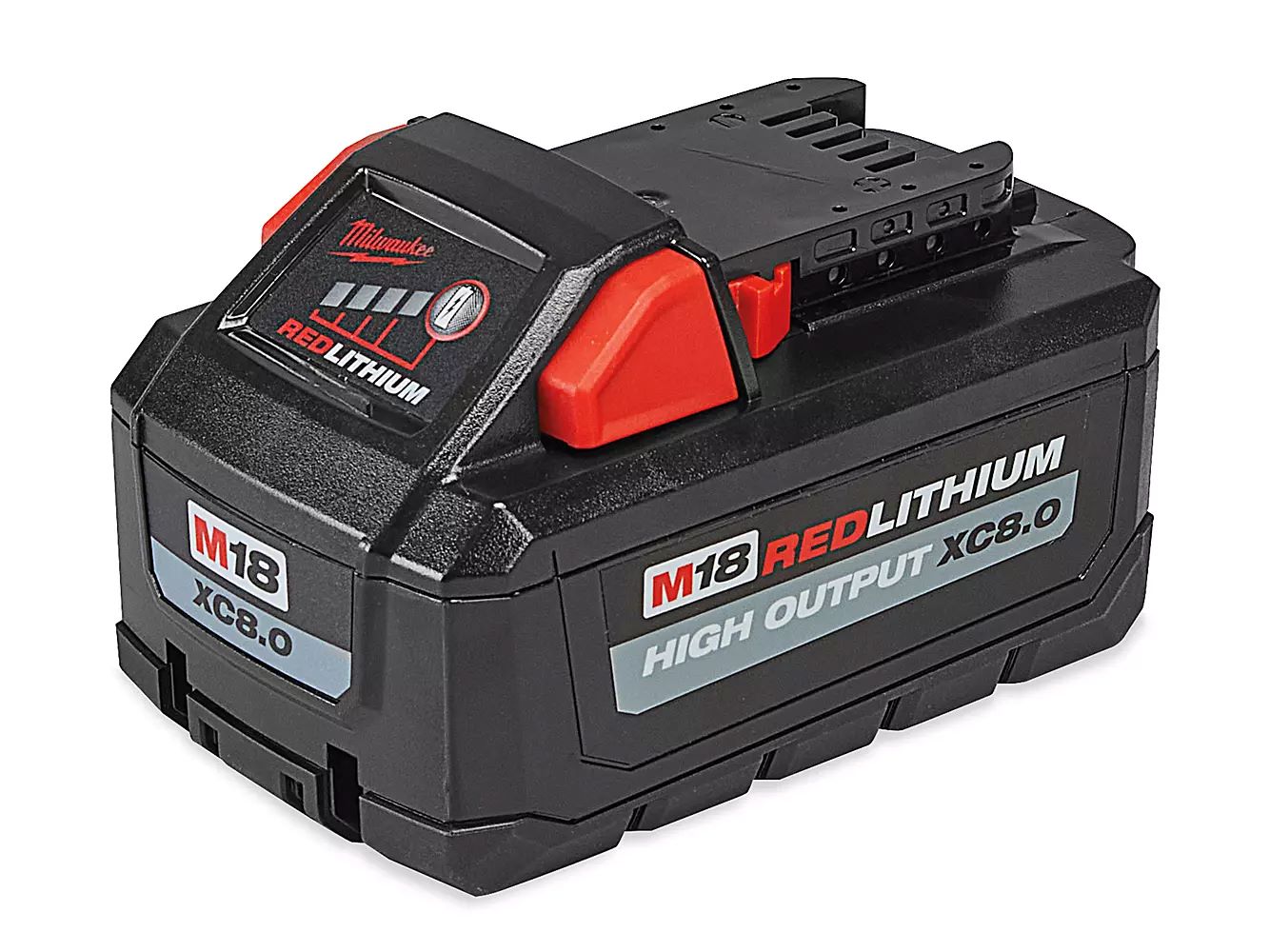

Articles
How To Store Milwaukee Batteries
Modified: January 7, 2024
Learn the best ways to store your Milwaukee batteries with our helpful articles. Keep your batteries safe and extend their lifespan.
(Many of the links in this article redirect to a specific reviewed product. Your purchase of these products through affiliate links helps to generate commission for Storables.com, at no extra cost. Learn more)
Introduction
Proper battery storage is essential for maintaining the performance and longevity of your Milwaukee batteries. As a reliable power source for your tools and devices, Milwaukee batteries need to be stored correctly to ensure they are always ready to deliver optimal power when you need it the most.
In this article, we will explore the importance of proper battery storage and provide you with a step-by-step guide on how to store Milwaukee batteries effectively. We will also discuss the recommended storage conditions, tools and materials needed, common mistakes to avoid, and tips on maintaining battery health and longevity.
By following these guidelines, you can prolong the lifespan of your Milwaukee batteries and save money in the long run by avoiding premature replacements.
So, let’s dive in and learn how to store Milwaukee batteries properly!
Key Takeaways:
- Proper storage of Milwaukee batteries is crucial for maintaining performance, safety, and longevity. Follow recommended conditions, use the right tools, and avoid common mistakes to ensure your batteries are always ready to power your tools and devices.
- Implement best practices for charging, avoid extreme temperatures during use, and rotate battery usage to enhance the lifespan and performance of your Milwaukee batteries. Following manufacturer guidelines is crucial for maximizing the potential of your batteries.
Read more: How To Store Batteries
Importance of Proper Battery Storage
Proper battery storage is crucial for several reasons. Firstly, it helps to maintain the performance and capacity of your Milwaukee batteries. When stored correctly, batteries will retain their charge and be ready for immediate use when you need them. On the other hand, improper storage can lead to self-discharge and reduced overall battery performance.
Secondly, proper storage ensures the safety of both the battery and the surrounding environment. Batteries can leak or even explode if stored in extreme temperatures or in proximity to other conductive materials. By following the recommended storage guidelines, you minimize the risk of accidents and maintain a safe working environment.
Additionally, proper battery storage maximizes the overall lifespan and durability of your Milwaukee batteries. Over time, improper storage can cause irreversible damage to the battery cells, reducing their capacity and shortening their lifespan. By taking the necessary steps to store your batteries correctly, you can extend their lifespan and get more use out of them.
Lastly, proper battery storage helps you save money in the long run. If batteries are not stored correctly and their performance is compromised, you may need to replace them more frequently. By storing them properly, you can avoid unnecessary replacements and get the most value out of your Milwaukee batteries.
Overall, proper battery storage is essential for maintaining performance, ensuring safety, prolonging battery lifespan, and saving money. Taking the time to store your Milwaukee batteries correctly will pay off in the long run and ensure that you always have a reliable power source for your tools and devices.
Understanding Milwaukee Batteries
Milwaukee batteries are known for their high-quality performance and durability. They are designed to power Milwaukee cordless tools, providing consistent and reliable power for various applications. Understanding the different types and features of Milwaukee batteries is essential for effective storage and maintenance.
There are primarily two types of Milwaukee batteries: lithium-ion (Li-Ion) and nickel-cadmium (Ni-Cd). Li-Ion batteries are the most common type used in Milwaukee cordless tools today. They offer several advantages, including higher energy density, lighter weight, and no memory effect. Ni-Cd batteries, although less commonly used now, are known for their long-lasting power and ability to handle heavy-duty applications.
Each Milwaukee battery comes with specific voltage ratings and amp-hour (Ah) capacities. The voltage rating represents the power output of the battery, while the Ah capacity indicates how long the battery can provide sustained power before requiring recharging. It’s important to consider these ratings when choosing the right battery for your tools and when determining the size of your storage space.
Moreover, Milwaukee batteries often come with advanced features such as REDLINK Intelligence, which optimizes power delivery and protects the battery and tool from overloading, overheating, and over-discharging. Understanding these features can help you make the most of your Milwaukee batteries and ensure their proper storage and usage.
When it comes to storage, it’s important to note that Milwaukee batteries should be stored in a cool, dry place away from direct sunlight, extreme temperatures, and moisture. This helps prevent degradation of the battery cells and maintains their performance and longevity.
Now that we have a better understanding of Milwaukee batteries, let’s move on to discussing the recommended storage conditions for these batteries.
Recommended Storage Conditions
Proper storage conditions play a vital role in preserving the performance and lifespan of Milwaukee batteries. Here are the recommended storage conditions to follow:
- Temperature: Store Milwaukee batteries in a cool and dry environment. The ideal temperature range is between 50°F (10°C) and 77°F (25°C). High temperatures can accelerate the self-discharge rate and degrade the battery cells, so avoid storing batteries in places exposed to direct sunlight or extreme heat.
- Humidity: Maintain a low humidity level in the storage area. High humidity can lead to corrosion of the battery contacts and internal components. Store batteries in a place with low moisture levels to prevent damage and ensure optimal performance.
- Ventilation: Provide proper ventilation in the storage area to prevent the build-up of gases emitted by the batteries during charging or discharging. Good airflow reduces the risk of gas accumulation and potential hazards.
- Position: Store batteries in an upright position. This helps to prevent any accidental leakage and ensures proper contact with the charger or device when needed. Avoid storing batteries in a position where they may roll or get damaged.
- Separation: Keep batteries separate from other metal objects or conductive materials. Metal objects in close proximity can create a short circuit, leading to potential safety hazards. Use individual battery storage cases or compartments to prevent contact with other objects.
- Labeling: Properly label your stored batteries with their type, voltage rating, and capacity. This helps to identify and organize them more efficiently. It also ensures that you select the correct battery for your tools or devices when needed.
By following these recommended storage conditions, you can maintain the integrity and performance of your Milwaukee batteries, ensuring they are always ready for use when you need them.
Tools and Materials Needed for Battery Storage
When it comes to storing Milwaukee batteries, there are some essential tools and materials that can help ensure proper storage and organization. Here are the items you will need:
- Battery Storage Cases: Invest in quality storage cases designed specifically for Milwaukee batteries. These cases provide individual compartments for each battery, keeping them separate and protecting them from damage or accidental contact with other objects. Look for cases that are sturdy, durable, and have a secure closure mechanism.
- Battery Charging Station: A battery charging station is a convenient tool for storing and charging multiple Milwaukee batteries at once. It helps to keep your batteries organized in one place and ensures they are always fully charged and ready for use. Look for a charging station that is compatible with your specific Milwaukee battery models.
- Marker or Labeling System: To easily identify and keep track of your stored batteries, use a marker or labeling system. You can label each storage case with the type, voltage rating, and capacity of the batteries contained within, making it quick and easy to find the right battery for your tools or devices.
- Desiccant Packs: Desiccant packs are small moisture-absorbing sachets that help maintain low humidity levels inside the battery storage cases. They are particularly useful if you live in a humid climate or if your storage area tends to have higher moisture levels. Place a desiccant pack in each battery storage case to help prevent moisture damage.
- Shelving or Storage Rack: To keep your battery storage area organized and easily accessible, consider using shelving or a storage rack. This allows you to store and arrange the battery storage cases in a systematic manner, making it simple to locate and retrieve the batteries you need when working on projects.
- Clean Cloth or Brush: Before storing Milwaukee batteries, ensure that they are clean and free from any dirt or debris. Use a clean cloth or soft brush to gently wipe the batteries and remove any surface dust. This helps to maintain the contacts and overall condition of the batteries during storage.
By having these tools and materials on hand, you can properly store and organize your Milwaukee batteries, ensuring their longevity and keeping them in optimal condition for future use.
Store Milwaukee batteries in a cool, dry place away from direct sunlight and extreme temperatures. Avoid storing them in a humid environment to prevent damage.
Read more: How To Store A Battery
Step-by-Step Guide to Storing Milwaukee Batteries
To properly store your Milwaukee batteries and ensure their longevity, follow these step-by-step guidelines:
- Clean the Batteries: Before storing the batteries, make sure they are clean and free from any dirt or debris. Use a clean cloth or soft brush to gently wipe the batteries and remove any surface dust. This helps to maintain the contacts and overall condition of the batteries during storage.
- Check the Battery Charge Level: It is best to store batteries at around 40% to 60% charge. Before storing, check the charge level of each battery using a compatible charger or battery gauge. If the battery charge is too low or too high, recharge or discharge accordingly before storing.
- Select a Suitable Storage Area: Choose a cool, dry, and well-ventilated area for battery storage. Avoid places that are exposed to direct sunlight, extreme temperatures, or high humidity. Ensure there is ample space to organize the battery storage cases and keep them separate from other objects.
- Place Batteries in Individual Storage Cases: Insert each Milwaukee battery into its designated storage case. Ensure that each battery is placed upright to prevent any accidental leakage. Close the storage cases securely to protect the batteries from dust, moisture, and damage.
- Organize the Battery Storage Cases: Arrange the battery storage cases on shelving or a storage rack in a systematic manner. Label each case with the type, voltage rating, and capacity of the batteries it contains. This makes it easy to identify and retrieve the right battery for your tools or devices.
- Store the Batteries in the Designated Storage Area: Place the organized battery storage cases in the selected storage area. Ensure there is proper ventilation and that the storage area is not exposed to extreme temperatures or humidity. Keep the batteries away from other metal objects or conductive materials to prevent potential hazards.
- Monitor the Storage Area: Regularly check the storage area for any signs of moisture or temperature changes. If necessary, adjust the conditions to maintain the recommended storage environment. Also, periodically inspect the battery storage cases for any signs of damage or corrosion.
- Perform Maintenance Charges: For long-term storage, it is recommended to perform maintenance charges on the batteries every few months. This helps to prevent self-discharge and keeps the batteries in good working condition. Follow the manufacturer’s guidelines for maintenance charging.
By following these simple steps, you can ensure that your Milwaukee batteries are stored properly, protected from damage, and always ready for use when you need them.
Common Mistakes to Avoid
When it comes to storing Milwaukee batteries, there are certain common mistakes that you should avoid to ensure their optimal performance and longevity. Let’s take a look at these mistakes and how you can avoid them:
- Exposing Batteries to Extreme Temperatures: Avoid storing batteries in areas that are exposed to extreme temperatures, whether it’s excessive heat or freezing cold. High temperatures can lead to faster self-discharge and degrade the battery cells, while freezing temperatures can cause irreversible damage to the battery chemistry.
- Storing Batteries in High Humidity Areas: Moisture and high humidity can corrode battery contacts and internal components, reducing their performance and lifespan. Avoid storing batteries in areas with high humidity levels, such as basements or bathrooms. Keep them in a cool, dry place instead.
- Ignoring Battery Charge Levels: Storing batteries with a very low charge or fully charged can lead to self-discharge and capacity loss over time. Before storing, ensure the batteries are at around 40% to 60% charge level. This helps maintain their performance during storage.
- Storing Batteries in Unprotected Environments: Do not leave batteries exposed to the elements or in close proximity to conductive materials. Avoid placing batteries directly on metal surfaces, as this can cause short circuits and potential safety hazards. Always store batteries in their designated storage cases or compartments.
- Not Labeling or Organizing Batteries: Failure to label or organize your battery storage cases can lead to confusion and difficulty in finding the right battery when needed. Make sure to label each storage case with the type, voltage rating, and capacity of the batteries it contains. This helps to keep your battery storage area neat, organized, and easily accessible.
- Ignoring Regular Inspections: It’s important to regularly inspect your stored batteries and the storage area for any signs of damage, corrosion, or moisture. This allows you to address any issues promptly and ensure the batteries are in good condition. Regular inspections also help you maintain a safe storage environment.
- Neglecting Maintenance Charges: Long-term storage without performing maintenance charges can lead to self-discharge and capacity loss. Be sure to perform maintenance charges on your Milwaukee batteries every few months as recommended by the manufacturer. This helps to keep the batteries in optimal condition during storage.
By avoiding these common mistakes, you can ensure that your Milwaukee batteries are stored correctly and maintain their performance and longevity over time.
Maintaining Battery Health and Longevity
In addition to proper storage, there are several other practices you can follow to maintain the health and longevity of your Milwaukee batteries. By implementing these tips, you can maximize their performance and get the most out of your investment:
- Use the Right Charger: Make sure to use the correct charger specifically designed for Milwaukee batteries. Using a charger from a different brand or model can affect the charging process and potentially damage the battery cells. Stick to the recommended charger to ensure proper charging and optimal battery life.
- Avoid Overcharging: Overcharging batteries can cause overheating and shorten their lifespan. Once the batteries are fully charged, unplug them from the charger promptly. Many Milwaukee chargers have built-in mechanisms to prevent overcharging, but it’s still a good practice to monitor and remove the batteries in a timely manner.
- Recharge Before Depletion: It’s best to recharge Milwaukee batteries before they are fully depleted. Unlike older battery chemistries, Li-Ion batteries do not have a memory effect and can be recharged at any point without affecting their capacity. Regularly topping up the charge can help maintain battery performance and prevent deep discharge.
- Avoid Extreme Temperatures During Use: While using your Milwaukee batteries, avoid subjecting them to extreme temperatures. Excessive heat or cold can affect their performance and overall lifespan. If you’re working in extreme weather conditions, try to keep the batteries insulated or cool them down before use.
- Store Partially Used Batteries: If you have partially used batteries, it’s better to store them with a charge rather than leaving them completely discharged. Partially charging the batteries before storage helps to maintain their integrity and prevent deep discharge, which can diminish their capacity over time.
- Rotate Battery Usage: If you have multiple Milwaukee batteries, it’s beneficial to rotate their usage. By using all your batteries in a balanced manner, you can ensure that they receive equal amounts of usage and charging cycles. This prevents any single battery from being overused and helps extend the overall lifespan of your battery collection.
- Regularly Clean Battery Contacts: Over time, dirt and debris can accumulate on battery contacts, inhibiting proper power transfer. Periodically clean the battery contacts with a soft, dry cloth to maintain good electrical connections and optimal performance during use.
- Follow Manufacturer Guidelines: Always refer to the manufacturer’s guidelines and recommendations for storing, charging, and maintaining your Milwaukee batteries. Each battery model may have specific requirements and considerations, so it’s important to follow their instructions to ensure the best possible performance and lifespan.
By incorporating these practices into your routine, you can prolong the health and longevity of your Milwaukee batteries and enjoy reliable power for all your cordless tools and devices.
Frequently Asked Questions (FAQs)
Here are some commonly asked questions about storing Milwaukee batteries:
- Q: Can I store my Milwaukee batteries in the refrigerator or freezer?
- Q: What should I do if I notice corrosion on the battery contacts?
- Q: Can I store different types of Milwaukee batteries together?
- Q: How often should I perform maintenance charges on my Milwaukee batteries?
- Q: Can I store Milwaukee batteries in a metal container?
- Q: Is it necessary to remove Milwaukee batteries from their tools before storage?
A: No, it’s not recommended to store Milwaukee batteries in the refrigerator or freezer. Extreme temperatures can damage the battery cells and affect their performance. It’s best to store them in a cool, dry place within the recommended temperature range.
A: If you notice corrosion on the battery contacts, you can use a mixture of baking soda and water to clean it. Gently scrub the contacts with a soft brush or cloth dipped in the solution. After cleaning, make sure the contacts are completely dry before storing the batteries.
A: It’s best to store different types of Milwaukee batteries separately to avoid any compatibility issues and prevent accidental damage. Label and organize each storage case according to the type, voltage rating, and capacity of the batteries it contains.
A: The frequency of maintenance charges depends on the specific battery model and usage patterns. As a general guideline, it’s recommended to perform maintenance charges every few months for batteries in long-term storage. Refer to the manufacturer’s guidelines for the recommended maintenance charging schedule for your specific Milwaukee batteries.
A: Storing Milwaukee batteries in a metal container is not recommended. Metal containers can potentially create a short circuit if the battery terminals come into contact with the metal surface. It’s best to use individual battery storage cases or compartments made of non-conductive materials.
A: It is not necessary to remove the batteries from the tools before storage. However, it’s a good practice to ensure the tools are turned off and the batteries are secure in their compartments. Properly store the tools with the attached batteries in a cool, dry place to maintain their overall condition.
If you have any further questions or concerns about storing your Milwaukee batteries, consult the manufacturer’s guidelines or reach out to their customer support for more information.
Read more: How To Store Aa Batteries
Conclusion
Proper storage of Milwaukee batteries is crucial for maintaining their performance, safety, and longevity. By following the recommended storage conditions, using the right tools and materials, and avoiding common mistakes, you can ensure that your Milwaukee batteries are always ready to power your tools and devices when you need them. Storing batteries in a cool, dry place away from extreme temperatures and humidity, using individual storage cases, and organizing them properly will help preserve their capacity and prevent damage or accidents.
Remember to clean the batteries before storage, check their charge levels, and label the storage cases for easy identification. Regular inspections of the storage area and the batteries themselves are also important to catch any issues early on. Additionally, following best practices for charging, avoiding extreme temperatures during use, and rotating battery usage can further enhance their lifespan and performance.
To make the most of your Milwaukee batteries and ensure their health and longevity, it’s crucial to follow the manufacturer’s guidelines and recommendations. Each battery model may have specific requirements and considerations, so be sure to refer to the provided instructions and reach out to the manufacturer if you have any questions or concerns.
By implementing these best practices, you can prolong the lifespan of your Milwaukee batteries, save money in the long run, and have a reliable power source for all your cordless tools and devices. Properly stored and maintained batteries are essential for efficient, safe, and enjoyable work experiences. So, take the time to store your Milwaukee batteries correctly and enjoy their high-performance power for years to come.
Frequently Asked Questions about How To Store Milwaukee Batteries
Was this page helpful?
At Storables.com, we guarantee accurate and reliable information. Our content, validated by Expert Board Contributors, is crafted following stringent Editorial Policies. We're committed to providing you with well-researched, expert-backed insights for all your informational needs.
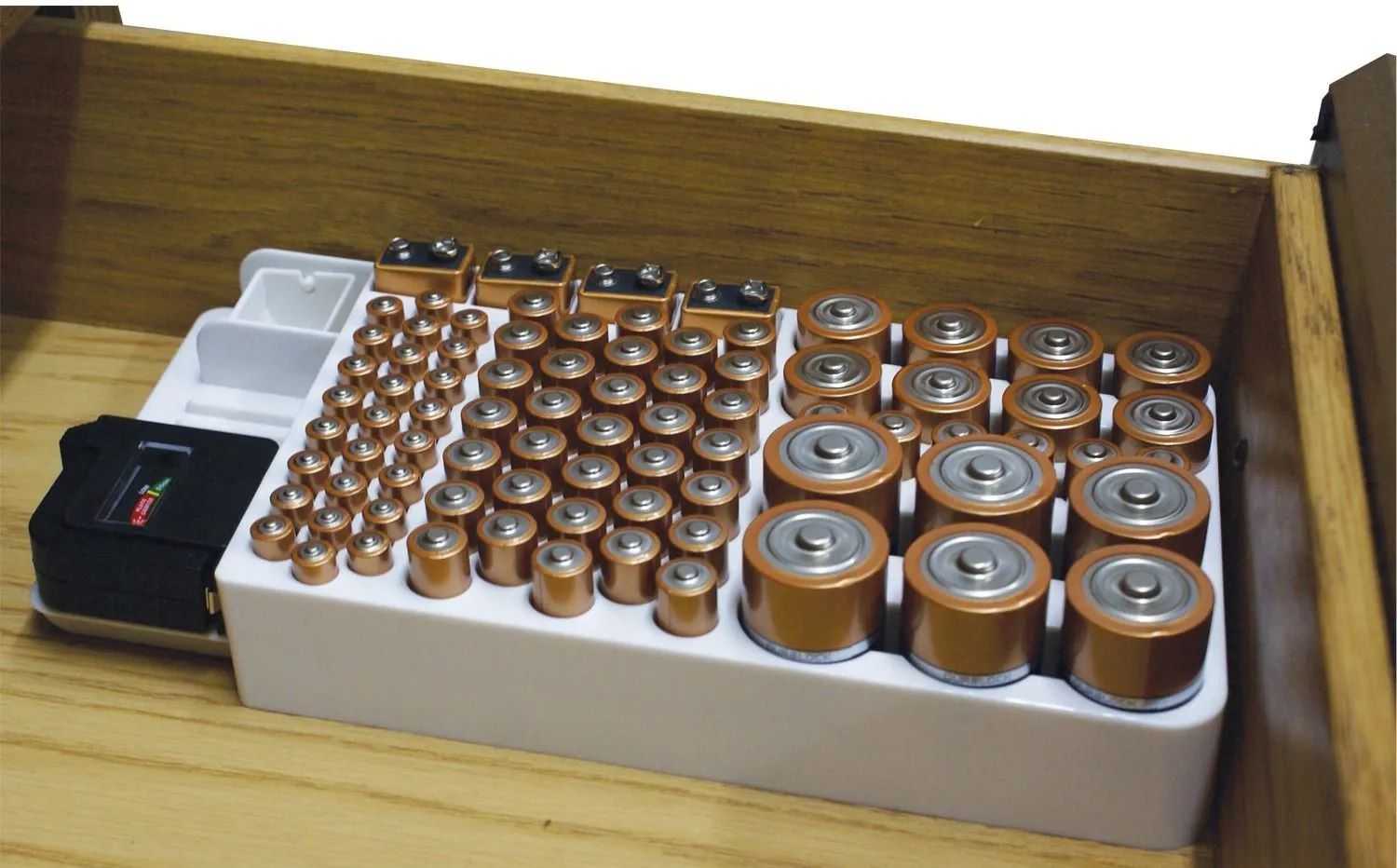
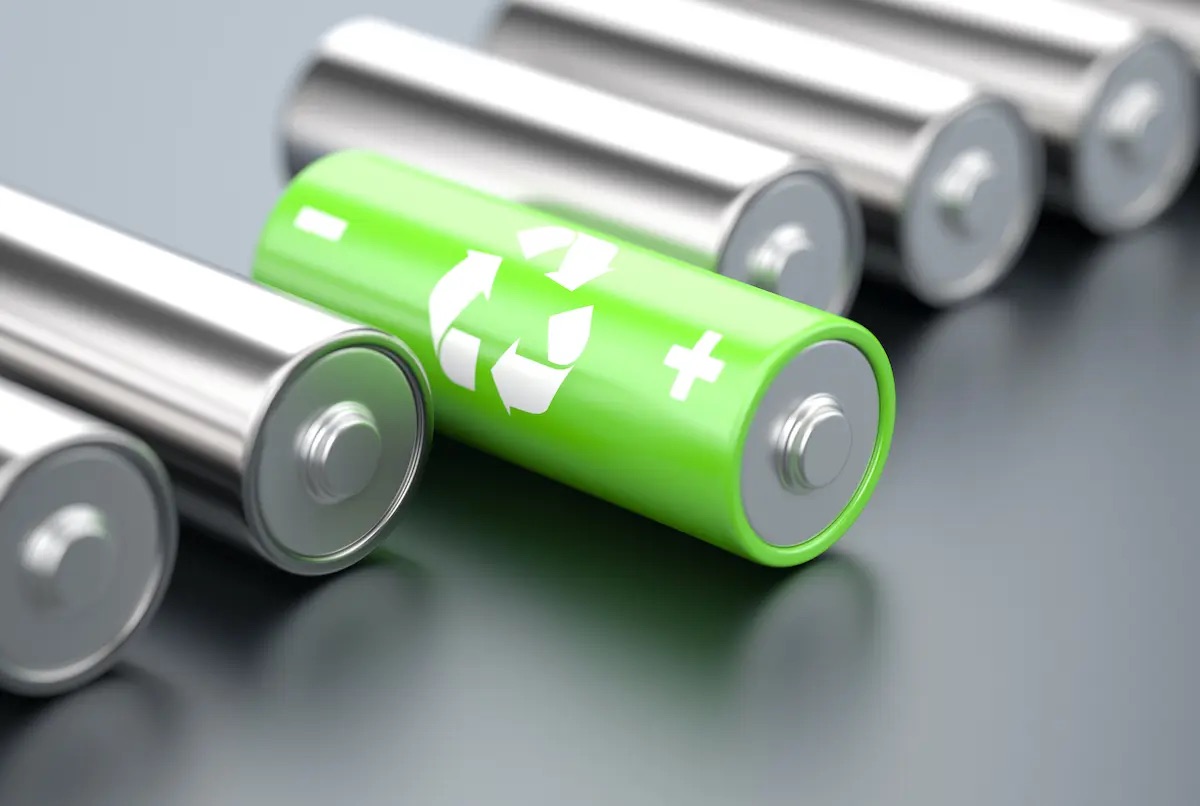
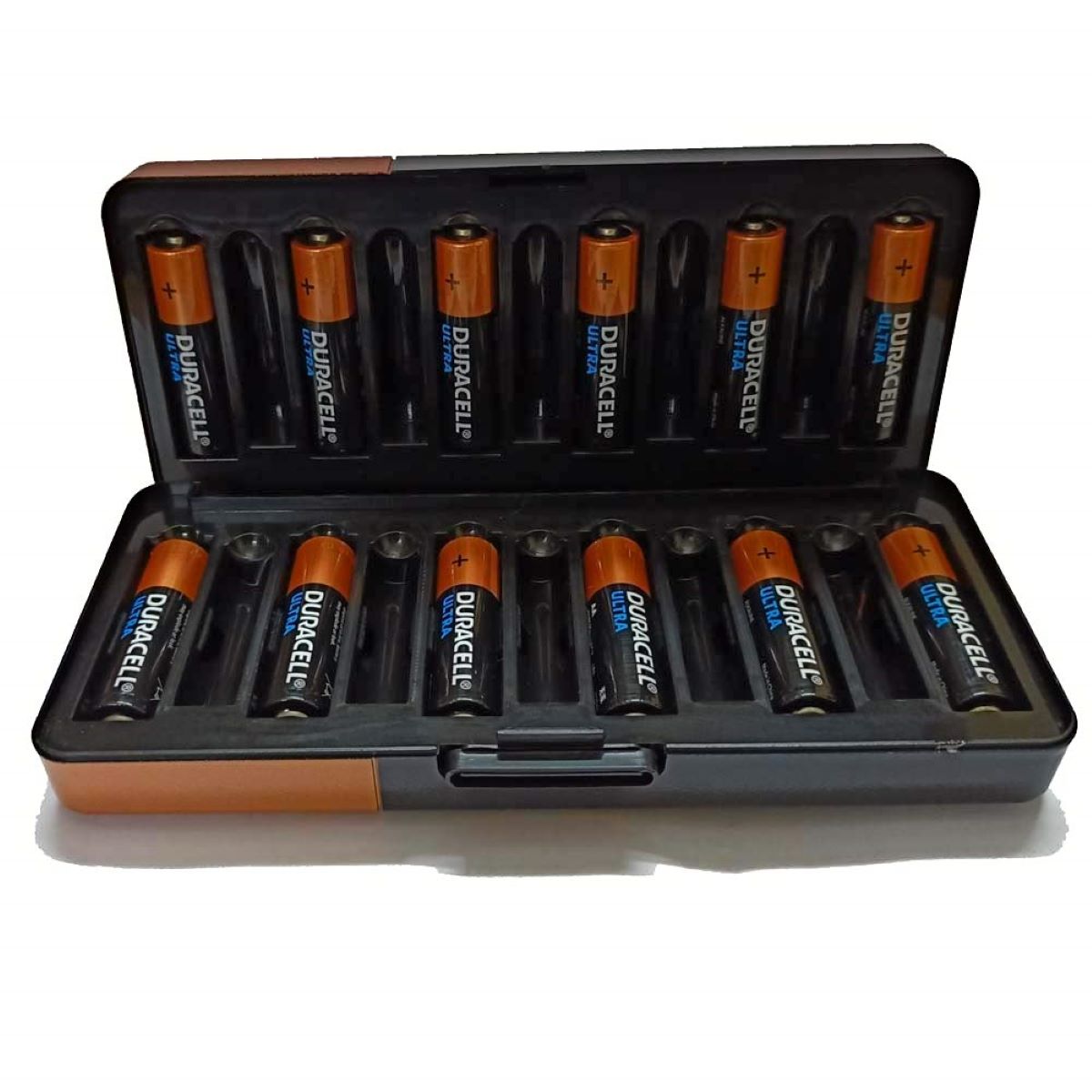
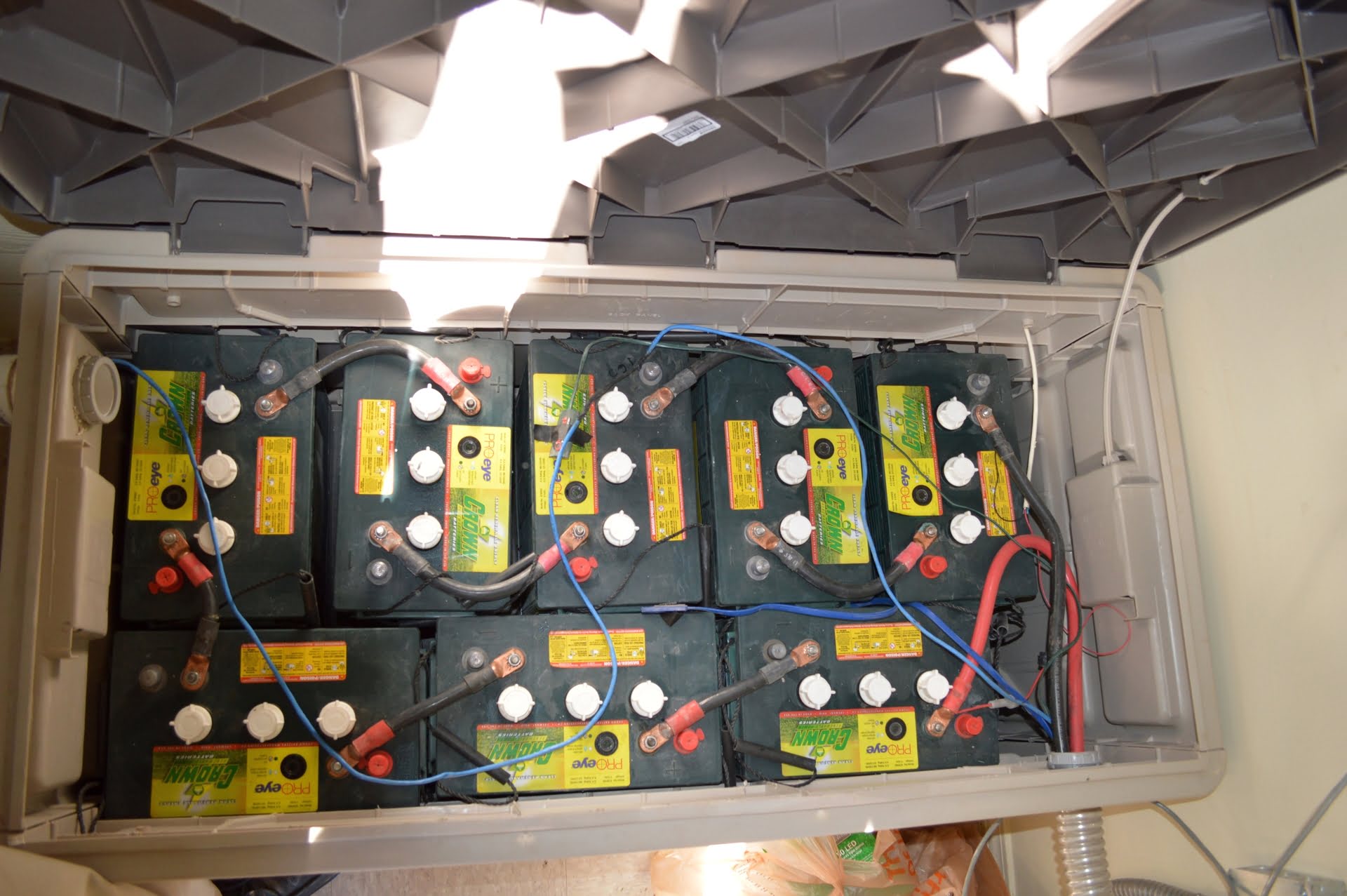
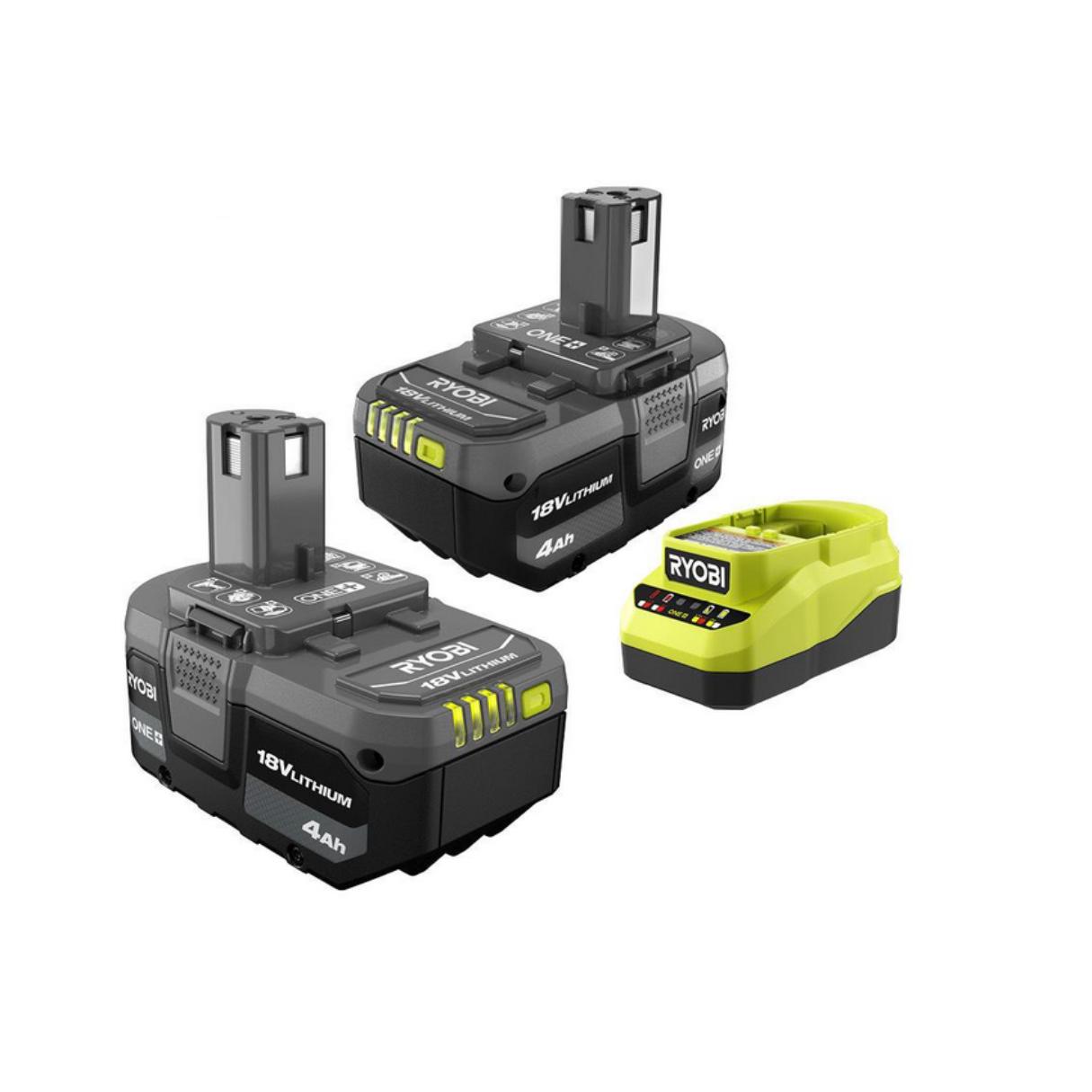
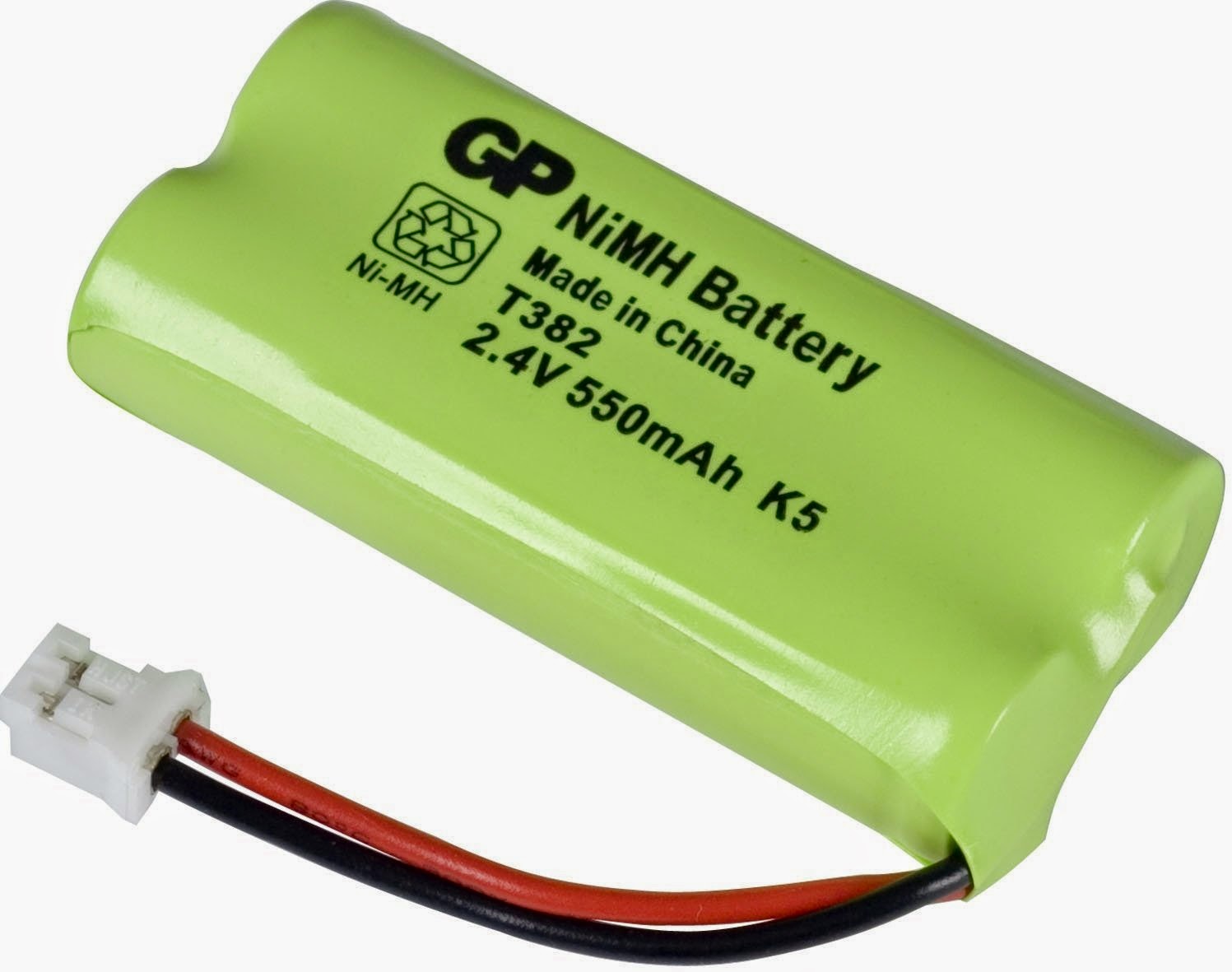
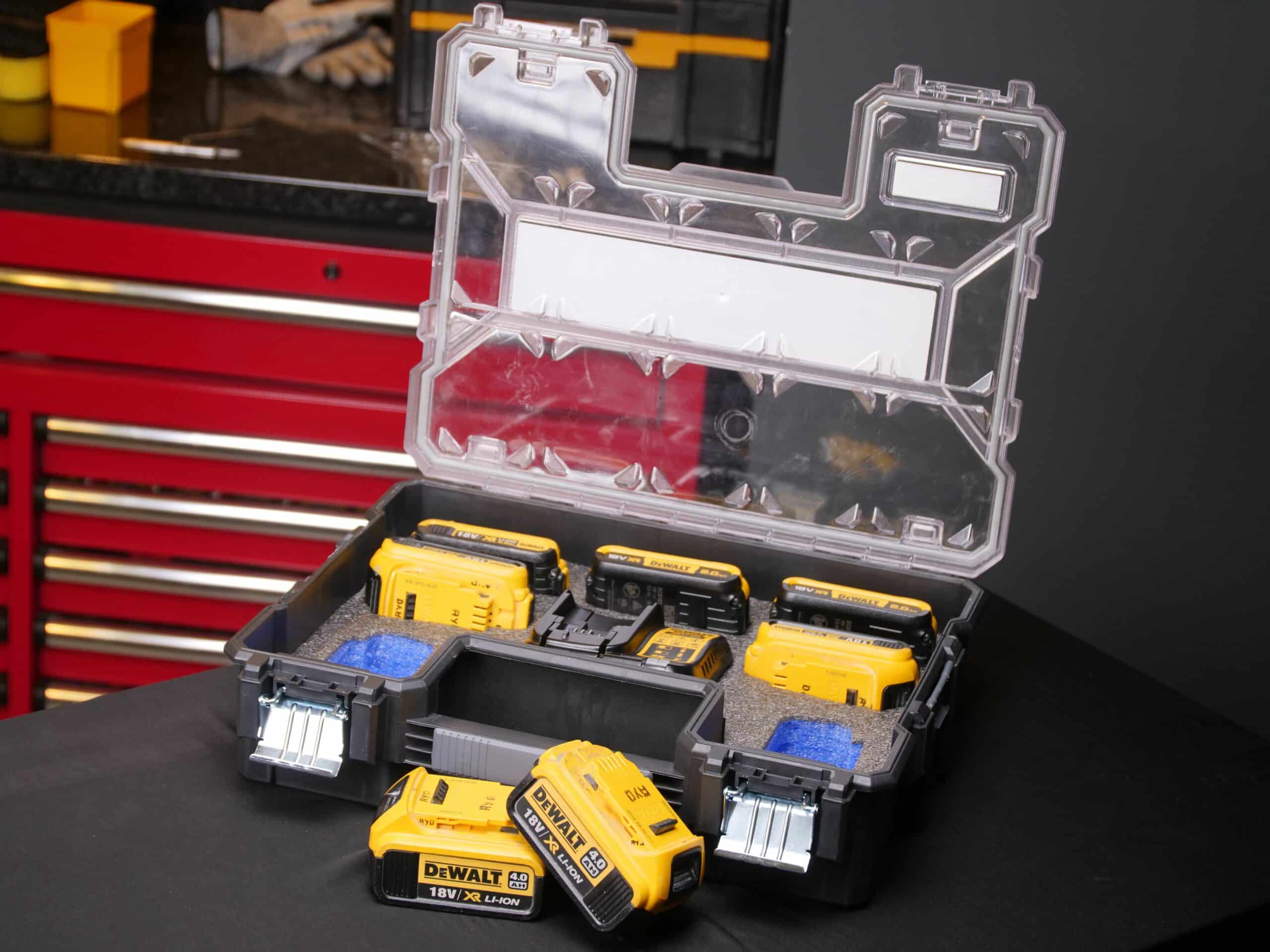
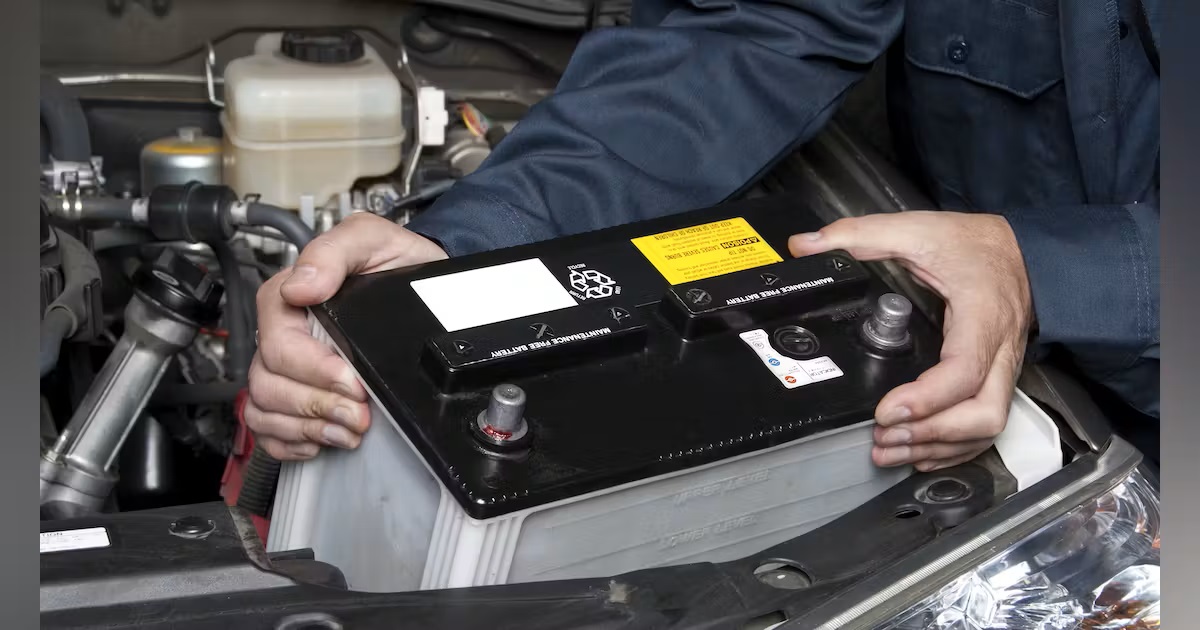
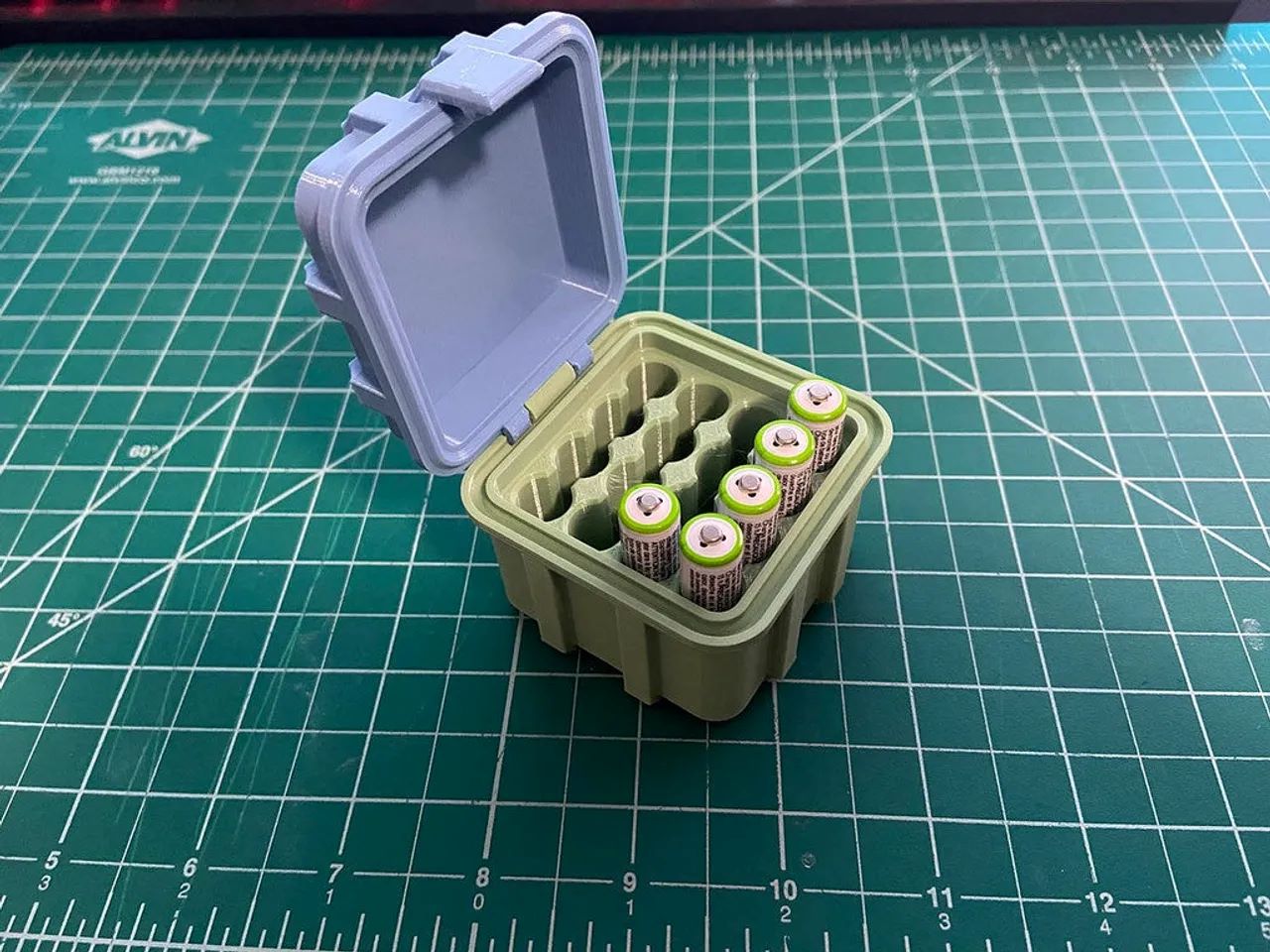
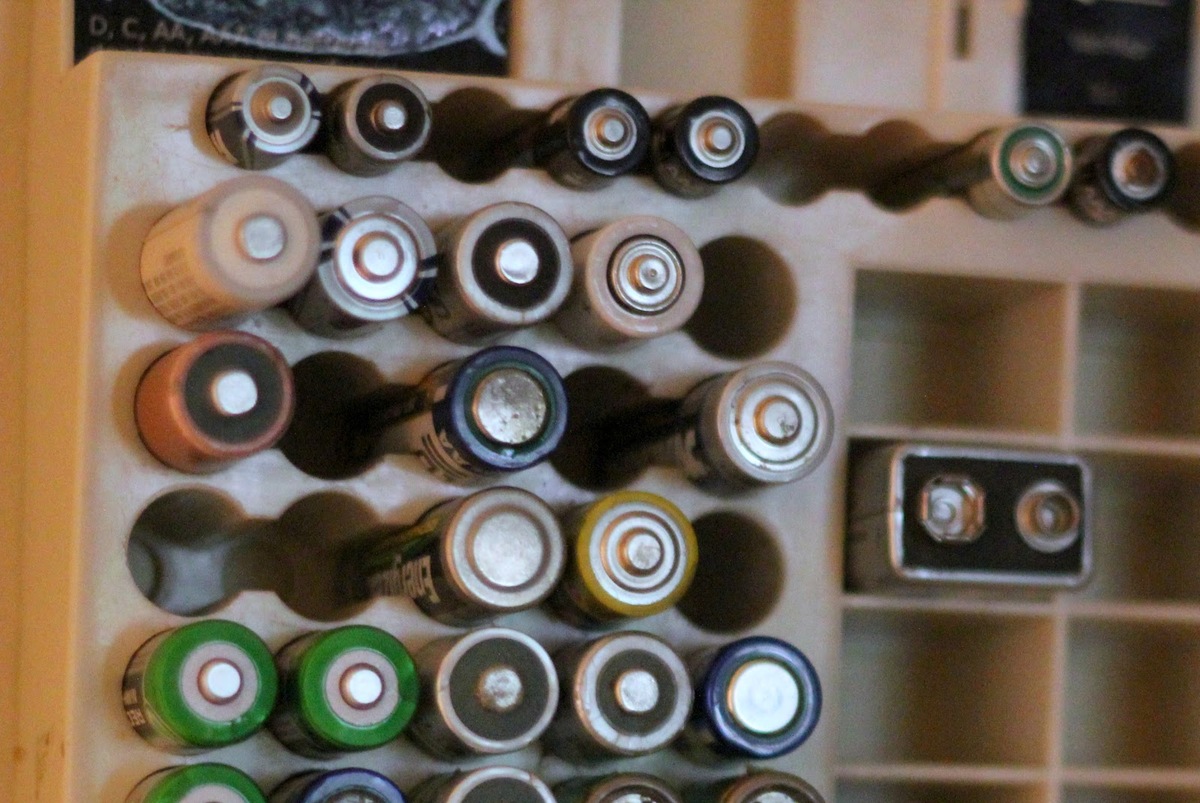
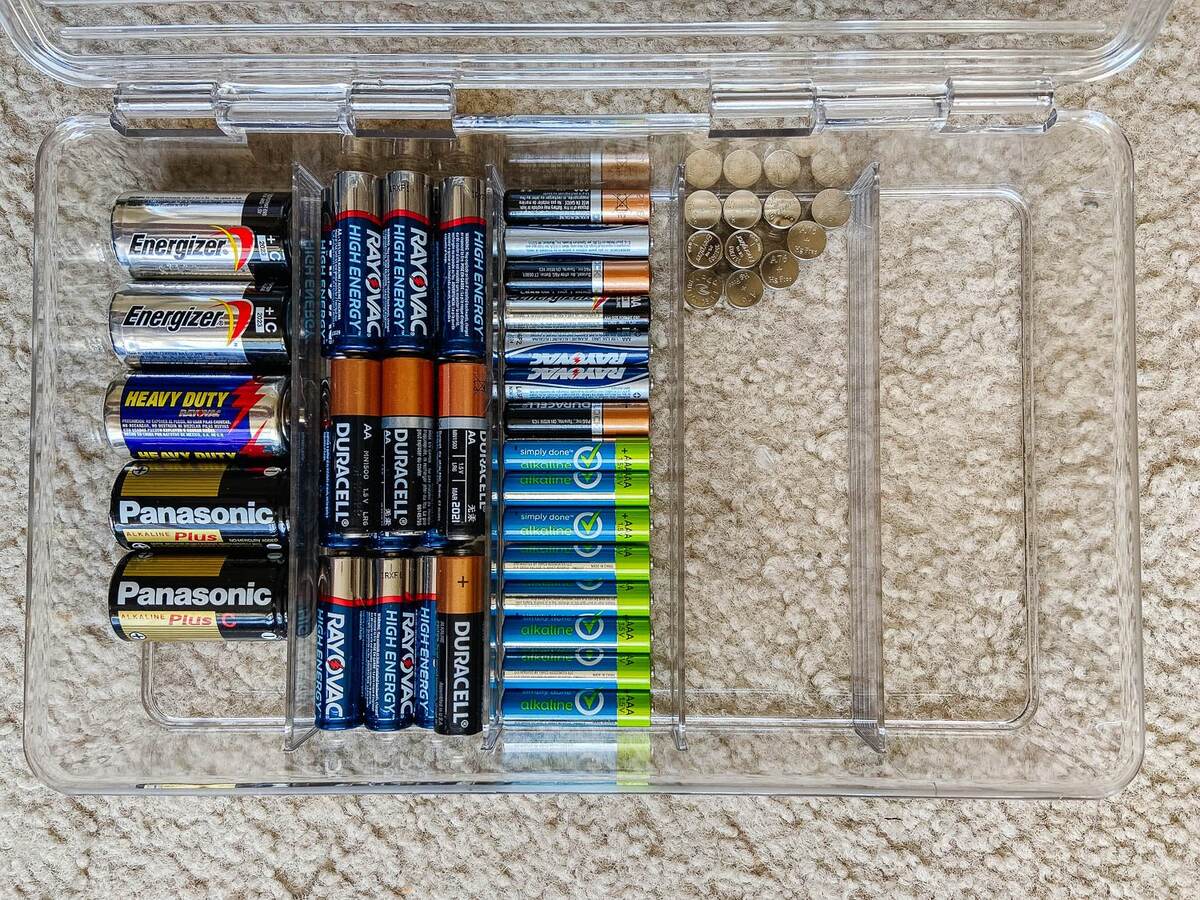
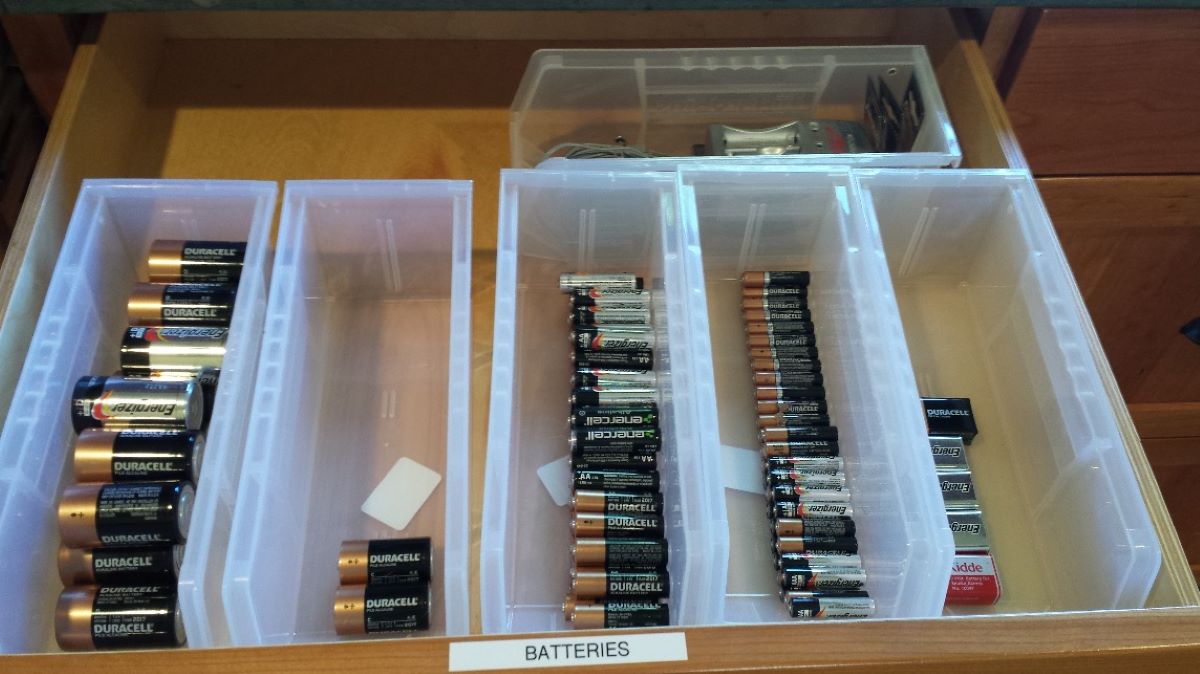


0 thoughts on “How To Store Milwaukee Batteries”